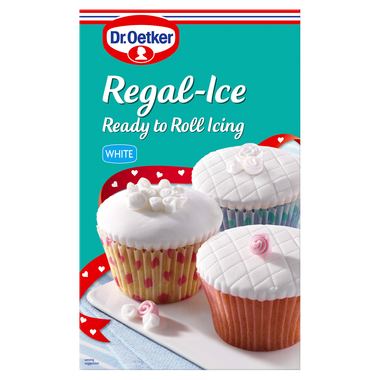
Earlier this year, the Food Standards Agency and Department for Environment, Food & Rural Affairs (Defra) announced a public consultation on proposed changes to the allergen labelling laws in the wake of the tragic death of Natasha Ednan-Laperouse. Printed below is a group response submitted to that consultation and signed by more than 200 members of the allergy community.
A little background: the consultation relates only to so-called ‘PPDS’ establishments – Pre-Packed for Direct Sale. This doesn’t have a completely clear-cut definition but basically means anywhere that makes and packages items ready for sale on the premises.
That includes sandwiches packed on-site and taken by the consumer from a chiller cabinet; salads displayed in deli boxes behind a counter and bought to take away by the consumer; takeaway items collected by the consumer if displayed in packaging on-site (e.g. chicken in a box; wrapped burgers). This may also include supermarket foods such as deli counter boxed salads, weighed and packaged cheeses; fresh (uncooked) pizzas from the deli counter; baked goods from a bakery counter.
It doesn’t include foods that are ordered by the customer, prepared freshly and then wrapped or packaged to be taken away; or foods that are prepared in advance of a rush, displayed on the counter but not wrapped until they are bought by the consumer (e.g. a pile of filled bagels in a cafe).
Anyway, here goes (warning: it’s long)… *deep breath*:
Allergen Labelling Review Team
Defra
Room 202, Zone 2
1-2 Peasholme Green
York
YO1 7PX 28 March 2019
Group Response to Allergen Labelling Review
Dear Sir/Madam
I am writing as the informal representative of a group of 208 individuals who have come together under the banner of the Twitter allergy community @allergyhour to respond collectively to the DEFRA Allergen Labelling Review.








